Dragon Ball Z: Kakarot Review

Official Score
Overall - 75%
75%
Dragon Ball Z: Kakarot is a fantastic avenue for new and casual fans alike, providing a deeper level of insight and immersion into a beloved franchise. However, more seasoned veterans of the series may not be as easily impressed. Fluid, fast, and visually stunning combat combined with some intriguing ideas gives Dragon Ball Z: Kakarot plenty to root for, but it still doesn't feel as fleshed out and creative as its Xenoverse cousin.
Stepping aside from the hugely successful Xenoverse formula, Dragon Ball Z: Kakarot looks to offer a deeper and more meaningful insight into the world of Dragon Ball, giving players a glimpse into the stories and lives of its colorful supporting cast.
Dragon Ball Z: Kakarot follows the story of Goku and friends, and the mysterious power of the seven Dragon Balls. Dragon Ball has seen many beloved games launch from the franchise, and despite following the same events and story each and every time, it still manages to immerse and capture the hearts of the fans. Does Dragon Ball Z: Kakarot continue this trend, or is this one chapter too many?
Dragon Ball Z: Kakarot Review
[line style=’solid’ top=’10’ bottom=’10’ width=’100%’ height=’1′ color=’blue’]As a casual fan of Dragon Ball Z, I’m familiar with the major events. Fighting through the sagas each and every game, battling through Raditz and Vegeta, Cell and the Androids, and Buu, many of the games rely on the same tropes. Impressively, game after game, it continues to pull it off. However, Dragon Ball Z: Kakarot takes a different approach. Instead of glossing over the filler of the series, the stories between the chaotic battles and insanely massive explosions, it often brings them to the forefront of the experience, providing a new perspective on the events I’ve experienced time and time again.
I’ve seen Piccolo blast through Raditz and Goku more times than I can count, but whereas previous games often had these events as the very beginning of the experience, Dragon Ball Z: Kakarot is much slower paced. The famous battles from throughout the series are still present, and delivered with a fantastic combination of flair and character. However, they aren’t the focal point of this adventure.
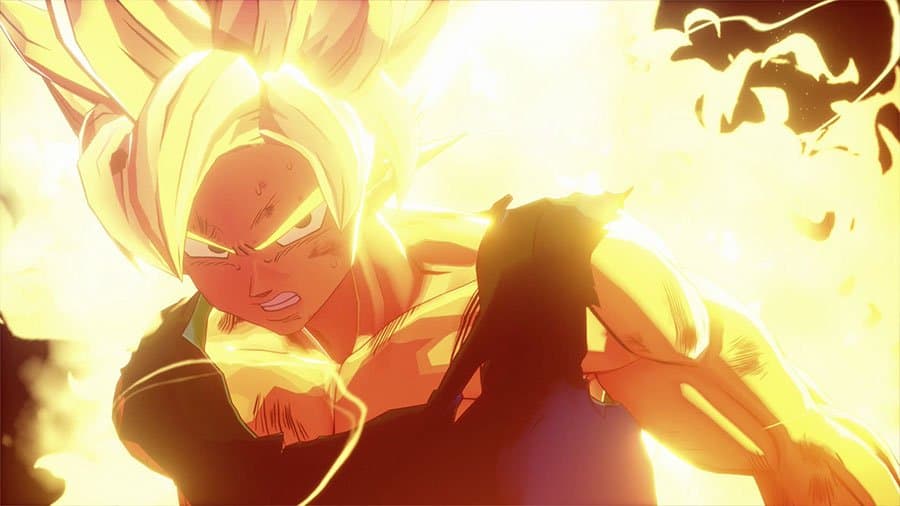
More often than not, you’ll be flying around a huge Dragon Ball Z world doing menial tasks for random citizens or famous characters from the show. While this content is lacking in imagination and creativity, with most being simple fetch quests or killing the same group of three robots over and over again, the greater depth it provides for the overall experience of Dragon Ball Z is a refreshing change. You learn more about the relationships, the sacrifices, the personalities of the characters that have long stood the test of time. More experienced fans will likely recognize all of this from the series, but as a more casual fan, I relished in the opportunity to dive deeper into the worldbuilding of the franchise.
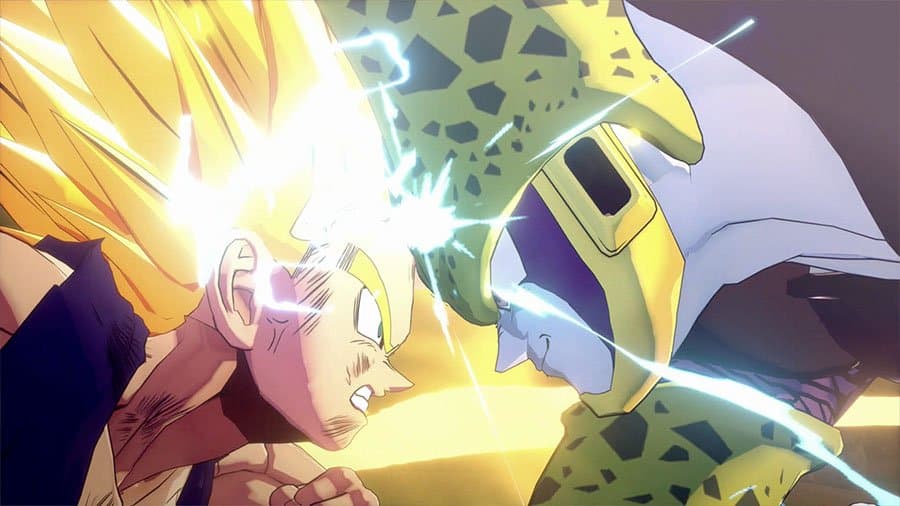
Dragon Ball games often live and die by the quality of the combat, and Dragon Ball Z: Kakarot is no exception to that rule. Initially, I wasn’t impressed. The controls are a confusing mess when compared with Xenoverse; changing the basic function buttons made for a frustrating journey, especially after Raditz whooped my ass for the third time. It took a few hours and a lot of trial and error, but once my muscle memory began to ignore my experience with Xenoverse, I found the combat to be just as exciting, and sometimes even more explosive.
Stringing combination attacks together with huge abilities is more difficult and requires a greater element of timing, but the payoff is worth it. Beating an enemy through the skies, teleporting to my next attack before following up with a huge explosive blast was an satisfying the first time as it was the last, and the ability to finally pummel people when grounded was a great addition.
Outside of the regular attacks and series famous explosive abilities, Dragon Ball Z: Kakarot adds a few new elements to its combat. Most notably, RPG-inspired features, cooking, and community building.
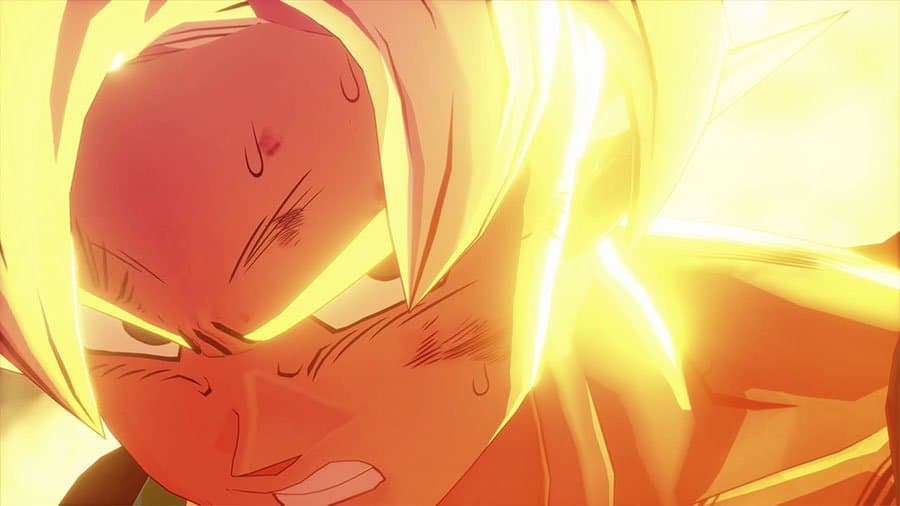
For much of the game I ignored the cooking aspect. Flying around the world buying and collecting ingredients for small but permanent increases to stats just didn’t feel appealing. The better recipes often required rare ingredients, but I was too engrossed in the story to really waste my time collecting shiny things on the floor, a credit to the narrative if nothing else. Eventually, however, I gave in and began exploring the cooking in greater detail.
While yes, the task of collecting the items I needed was a rather repetitive and boring one, the end result far exceeded my expectations. Combining the right food with the right in-fight transformations delivered incredible results, beating down powerful enemies in just a few seconds. Towards the end of the 40 hour campaign, I was so powerful that whatever the game threw my way was a cakewalk. I can only imagine the power I could have reached if I was more invested in the cooking from the offset.
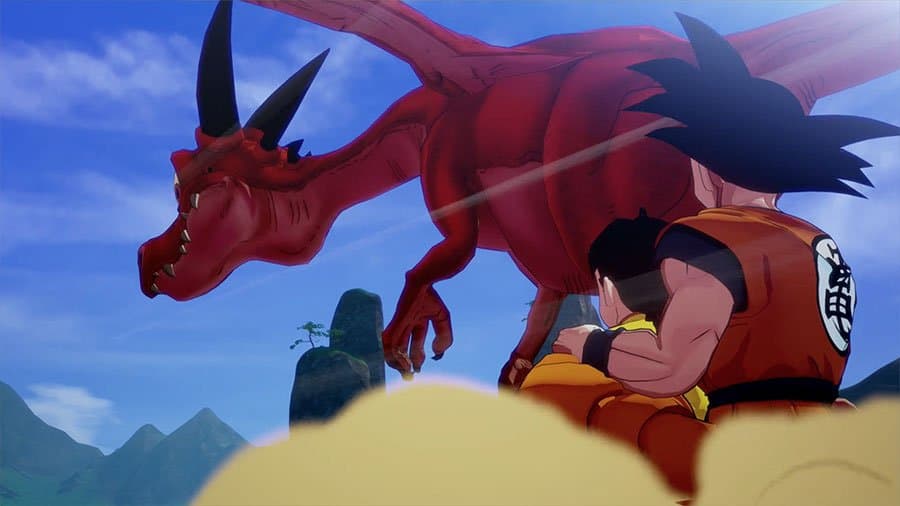
The Community Boards featured in a similar way throughout my experience. It’s a unique and intriguing system that combines the story and characters of the DBZ universe with an intricate RPG-infused progressive system that rewards deep thinking and strategic placement of Soul Emblems. During certain story events, completing side quests, and other activities, you are often rewarded with a character’s Soul Emblem, a sort of visual representation of a characters involvement in the world of Dragon Ball.
These Soul Emblems can then be placed within specific communities, adding more stats and improvements to said community. This is further enhanced by combining Soul Emblems into communities based on the alignment of these characters in the franchise. Throwing together the Ginyu Force into the cooking community, for example, launched my Cooking community to such a high level that my powerful cooking buffs would last 75% longer. While some of the buffs and improvements are so tiny they are negligible, others make such a massive impact that it really adds a level of authenticity to the idea.
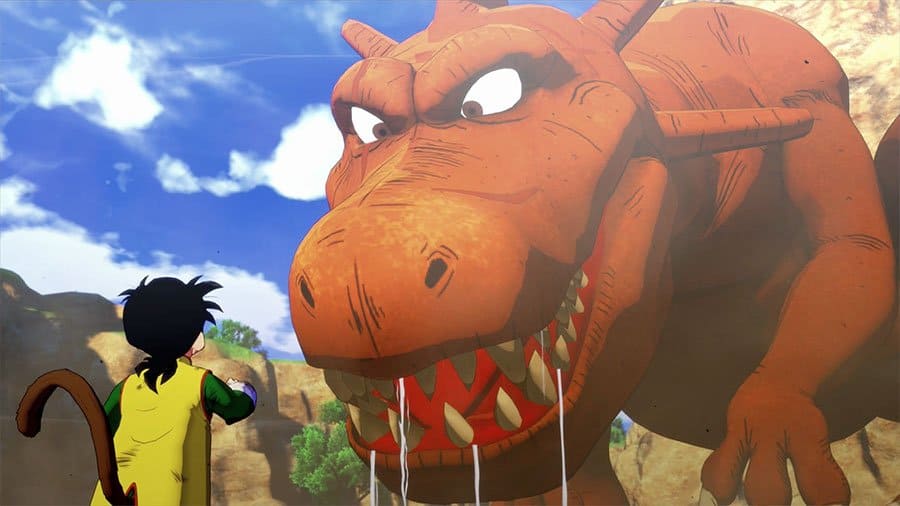
Dragon Ball Z: Kakarot is a fantastic avenue for new and casual fans alike, providing a deeper level of insight and immersion into a beloved franchise. However, more seasoned veterans of the series may not be as easily impressed. Fluid, fast, and visually stunning combat combined with some intriguing ideas gives Dragon Ball Z: Kakarot plenty to root for, but it still doesn’t feel as fleshed out and creative as its Xenoverse cousin.
[infobox style=’success’ static=’1′]This review of Dragon Ball Z: Kakarot was done on the PlayStation 4. A digital code was provided.[/infobox][blogger ids=” cat=’honest-game-reviews’ orderby=’date’ order=’desc’ count=’4′ descr=’200′ readmore=’1′ rating=’1′ style=’image_large’ border=’0′ dir=’vertical’]